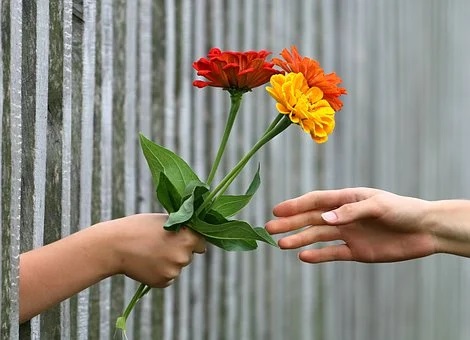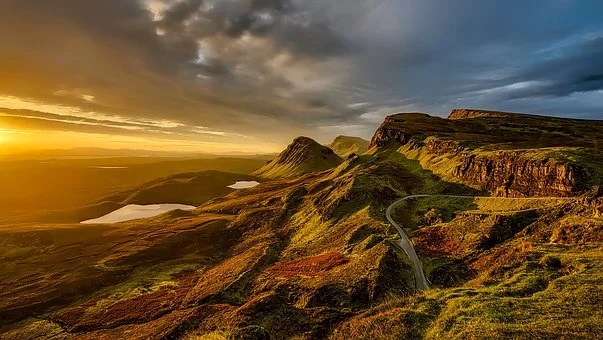In the past, people used to think Buddhism denotes pessimism and passivity, and teaches escape from the real world. Actually, that is not the case. The Buddhist understanding of human suffering goes well beyond this view. Buddhism is not passive; on the contrary, the Buddhist view on life, suffering, and happiness is intimately connected with the real world. We can all benefit greatly if we understand some of its concepts.
~Depicted from ARE YOU READY FOR HAPPINESS - Suffering is just a Paper Tiger











